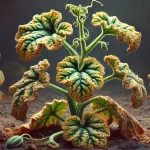For highly profitable melon cultivation, it is essential to consider several factors ranging from the selection of the right variety to the implementation of advanced cultivation and marketing techniques. This article presents a technical analysis of key elements that influence melon crop profitability, offering strategies based on research and practical experience.
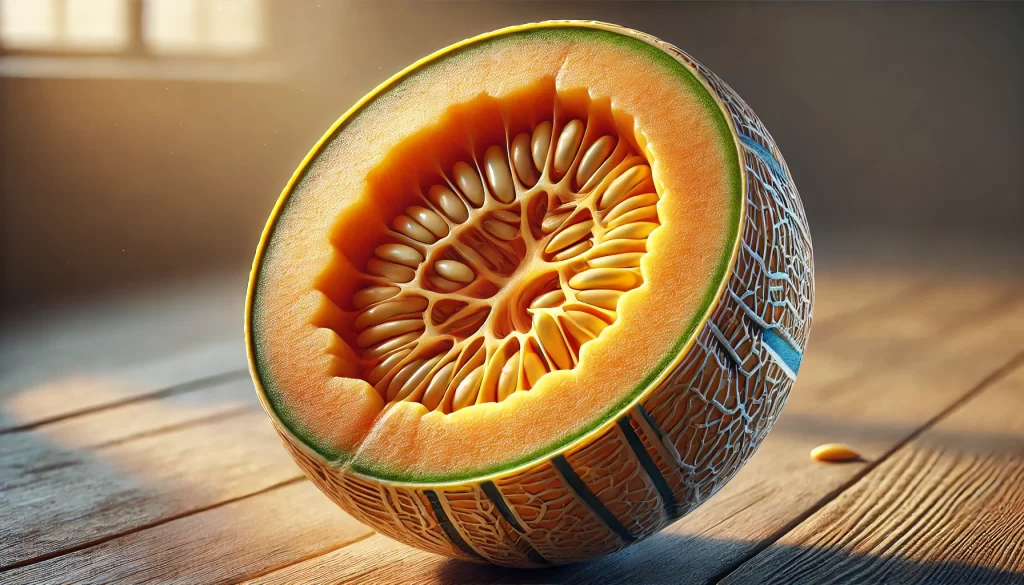
Selection of Varieties and Market Analysis
Profitability in melon cultivation starts with the choice of varieties that meet local and global market demands. Varieties with high productivity, disease resistance, and distinctive flavor profiles tend to have greater commercial acceptance.
- Market assessment: Research consumer preferences and demand for certain varieties.
- Cost-benefit analysis: Compare production costs and expected yields with market prices.
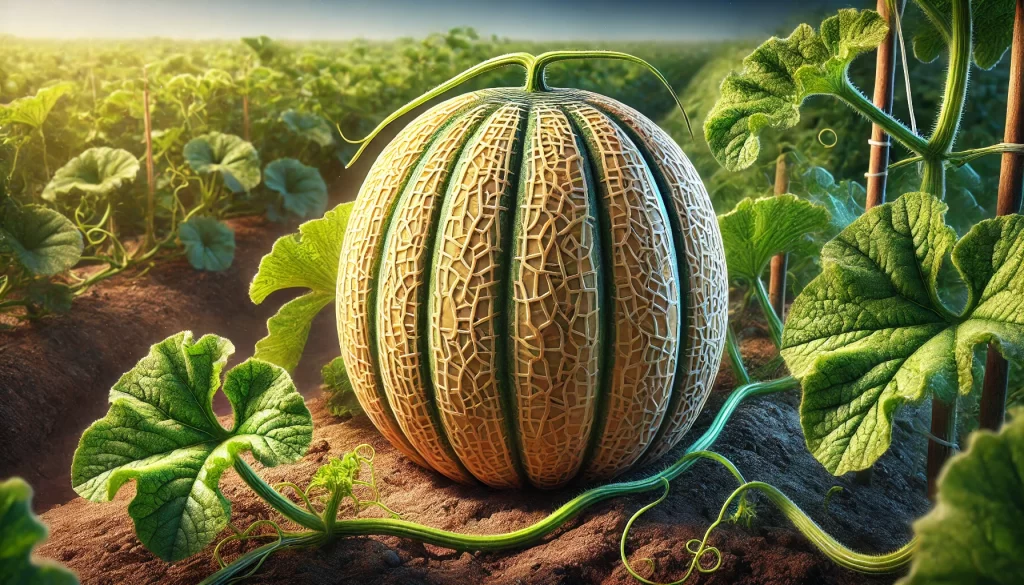
Soil Preparation and Nutritional Management
Well-prepared and nourished soil is the foundation for a profitable crop. Optimizing fertilization and soil management increases productivity and reduces long-term costs.
| Requirement | Description | Optimization Strategy |
|---|---|---|
| Soil pH | Ideal between 6.0 and 6.5 | Apply limestone amendments to adjust pH |
| Fertility | Abundance of N, P, K, and micronutrients | Conduct soil tests and apply balanced fertilizers |
| Soil Structure | Loose, well-drained soil | Incorporate organic matter and soil improvers |
Technology and Automation
Advanced technology facilitates efficient management and reduces operating costs. Automation and monitoring with sensors allow for informed decisions, optimizing resources like water and fertilizers.
- Moisture sensors: Ensure precise irrigation, avoiding water waste.
- Agricultural management software: Facilitates tracking productivity, plant health, and associated costs.
- Drones and remote sensing: Help identify field problems early and plan irrigation and fertilization more accurately.
Pest and Disease Control
Adopting integrated pest management practices and using biological products reduces dependence on chemical pesticides, lowering costs and improving sustainability.
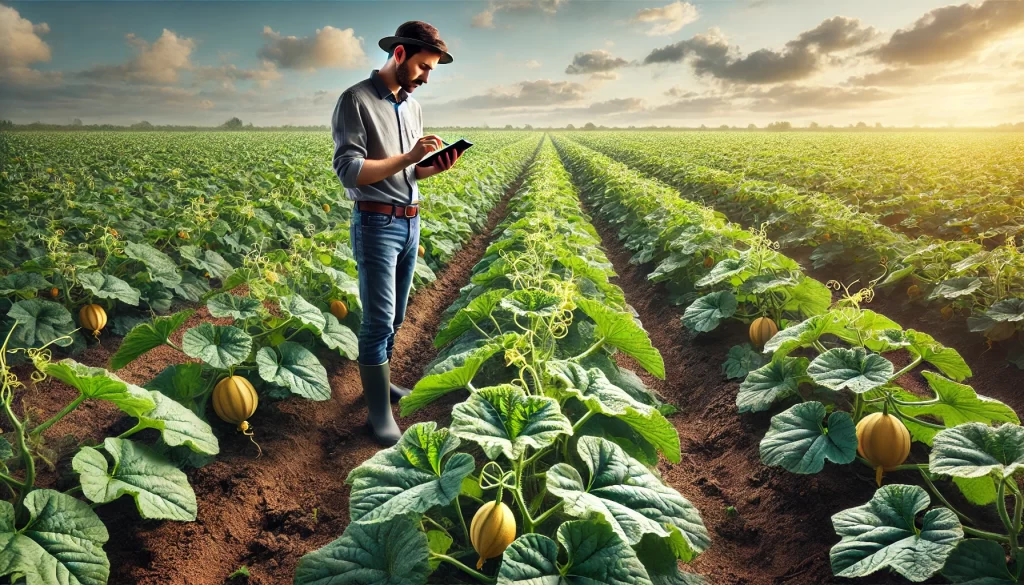
- Crop rotation: Prevents the buildup of melon-specific pests.
- Biological control: Introduce natural predators to keep pest populations under control.
- Constant monitoring: Regularly inspect to detect early signs of diseases.
Post-Harvest Management and Marketing
Proper post-harvest management ensures that melons reach the market in optimal conditions, increasing their value and reducing losses.
| Stage | Recommendations |
|---|---|
| Harvest | Harvest at the optimal ripeness stage to maximize flavor and shelf life. |
| Storage | Store under controlled temperature and humidity conditions to extend freshness. |
| Transport | Use proper packaging and logistics to avoid damage. |
Investing in good post-harvest practices and an efficient supply chain is crucial to maximize profitability.
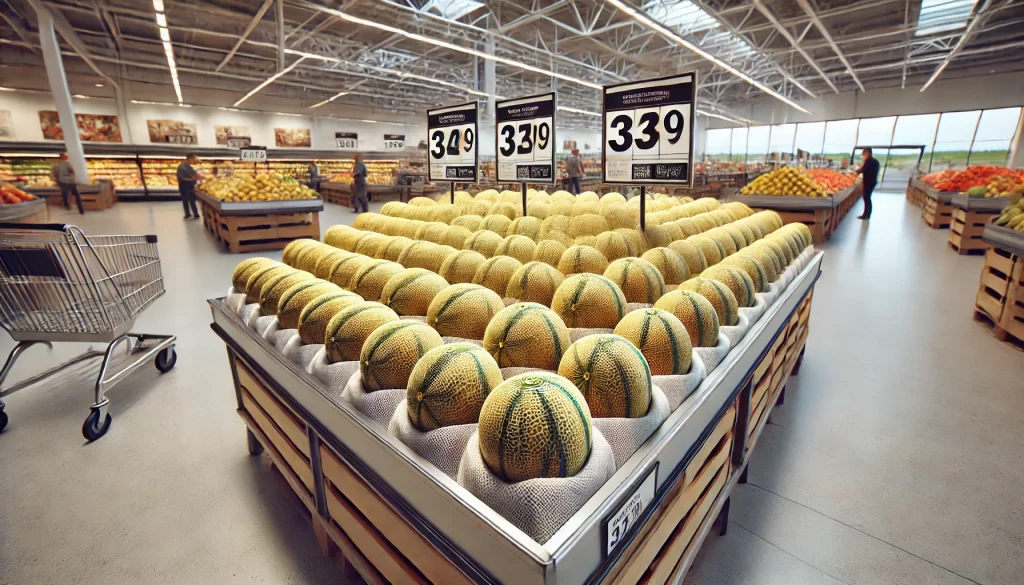
Value-Added Strategies
Increasing profitability depends not only on production but also on adding value to the product. Processes like transforming melons into gourmet products, direct consumer sales, or organic certification can open new markets and improve profit margins.
Conclusion
Highly profitable melon cultivation is achieved through a combination of factors: correct variety selection, soil and nutritional management, advanced technology use, effective pest and disease control, and post-harvest marketing strategies. By applying these key factors and adjusting practices to the specific conditions of the crop, farmers can significantly increase their profits.
References
- Smith, J.A., & Brown, L.K. (2018). “Advances in Melon Cultivation for Higher Yields.” Journal of Agricultural Economics, 45(2), 123-137.
- Martinez, E.R., et al. (2015). “Sustainable Practices in Melon Production: Improving Profitability.” Horticultural Science, 50(3), 221-230.
- Gupta, R., & Singh, P. (2020). “Technology Integration in Horticultural Practices: Case Studies in Melon Farming.” Precision Agriculture, 21(1), 45-59.
 AgronoBlog – Agriculture Blog
AgronoBlog – Agriculture Blog 